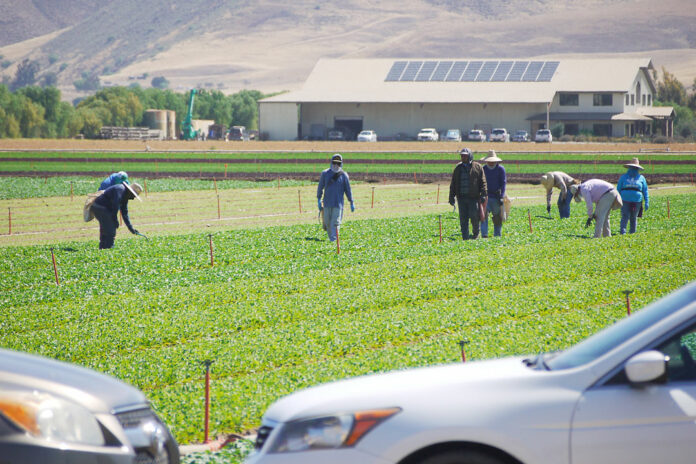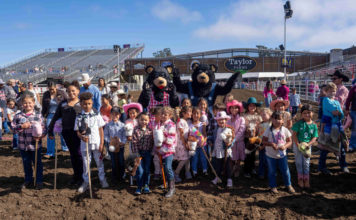
SALINAS VALLEY — Monterey County health officials have been working with agricultural companies and have reiterated safety plans with the onset of the new growing season, with the goal of keeping ag workers safe and the food supply network stable.
“With the start of the new season, thousands of agricultural workers will return to their workplace and thousands more will migrate back to the area,” said Luis Alejo, county supervisor for District 1, which includes most of Salinas.
Alejo said county plans include resources for testing workers when they return, what to do when workers get sick, alternative housing, wage replacement programs and reminding people about plans for transportation of workers.
“It has really helped us bring down the infection rates we had seen last summer,” Alejo said about the county guidelines and resources that were put together in partnership with area agricultural companies. “We know that we’re in a low because the season had ended, but we hope these protocols will help us keep infections, hospitalizations and deaths among agricultural workers as low as possible.”
According to Kim Stemler, executive director of Monterey County Vintners and Growers, the ag industry had “extensive safety regulations, probably more so than most other industries because of the food supply.”
The county partnerships in place were credited with being groundbreaking not only for the region, but also throughout the state and nation.
“Early on we found we didn’t have the leadership nationally or in the state to guide us into what healthy practices would be,” Stemler said. “We very much appreciate the leadership of Supervisor Alejo and Supervisor Lopez in bringing us together and creating these protocols. We continue to work in partnership with ag organizations.”
While Centers for Disease Control guidelines remain amorphous, advising employer-sponsored testing can either be done for all workers or smaller groups in intervals, county businesses have come up with solutions and plans that work locally for testing.
Stemler said the large issue is currently testing and not vaccinations, as vaccines remain in low supply and not coming in fast enough.
“We have about 15,000 people coming in from out of the county over the next few months,” Stemler said. “We add that to the 40,000 that are already in the county, the majority of them are working, but there are some that are not, and they will come back to work. It takes a long time particularly at this trajectory of vaccination supplies to get 55,000 people vaccinated. We need to continue thinking about testing.”
Stemler spoke of her own testing back in May 2020 as a reasoning behind caution toward congested or slow systems.
“It took me 23 days from the time I got the appointment to the time I got the results of my test,” Stemler said. “Very early on, ag realized they could not run effective businesses if that’s all they relied on in testing. So they looked for other alternatives.”
Some employers bought bulk test supplies from clinics, which remains a solution to this day, while others contracted with vendors to do testing on site for workers.
“This is a very expensive process, but it is worth it because we can’t afford to have our workforce out,” Stemler said. “We will not be able to get your food on the table without a good workforce.”














